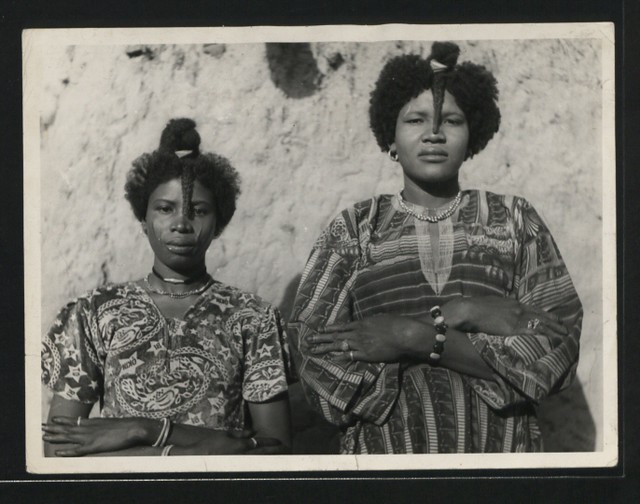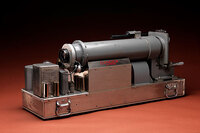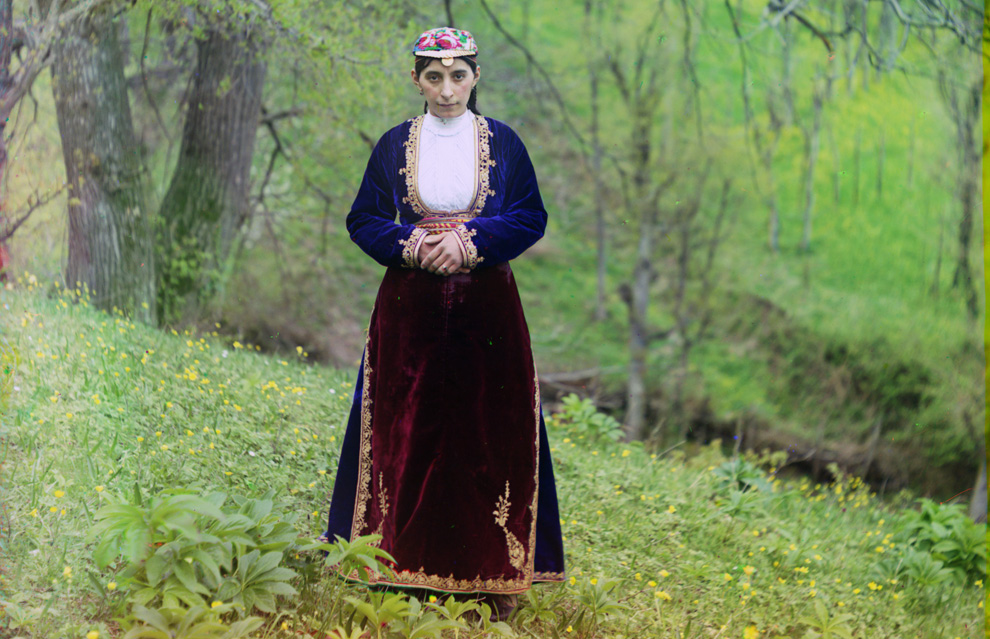
History Coming Home at the Chicago Tourism Center Gallery…
reveals public policies, oral histories, and artifacts from public housing in cities from Chicago to Boston and New Orleans to Sacramento. The core of this exhibition at the Chicago Tourism Center Gallery consists of a 1950s-style public housing apartment that visitors can walk through. Inside the 20 ft X 20 ft installation, a living room, kitchen, and bedroom filled with artifacts from public housing residents and a video capture various aspects of the public housing experience.
Alison Cuddy, host of WBEZ’s Eight Forty-Eight, recently toured History Coming Home with National Public Housing Museum Executive Director Keith Magee. You can listen to it here.
The exhibit includes photographs from the Chicago Housing Authority archives and the Chicago History Museum. It previews the opening of the National Public Housing Museum, a permanent home for the history of public housing in America, set to open in 2012. History Coming Home will be open until April 15, 2011 at the Chicago Tourism Center Gallery, 72 E. Randolph. Tours are available M-F, 11am-3pm and by appointment.
Via the City of Chicago’s Official Tourism Site.






